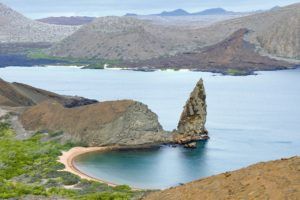The mission of nature reserves
The mission of nature reserves Get to know the mission of nature reserves; they are also known as natural sanctuaries. These are safe spaces for the maintenance of threatened ecosystems, besides, they are an indispensable part
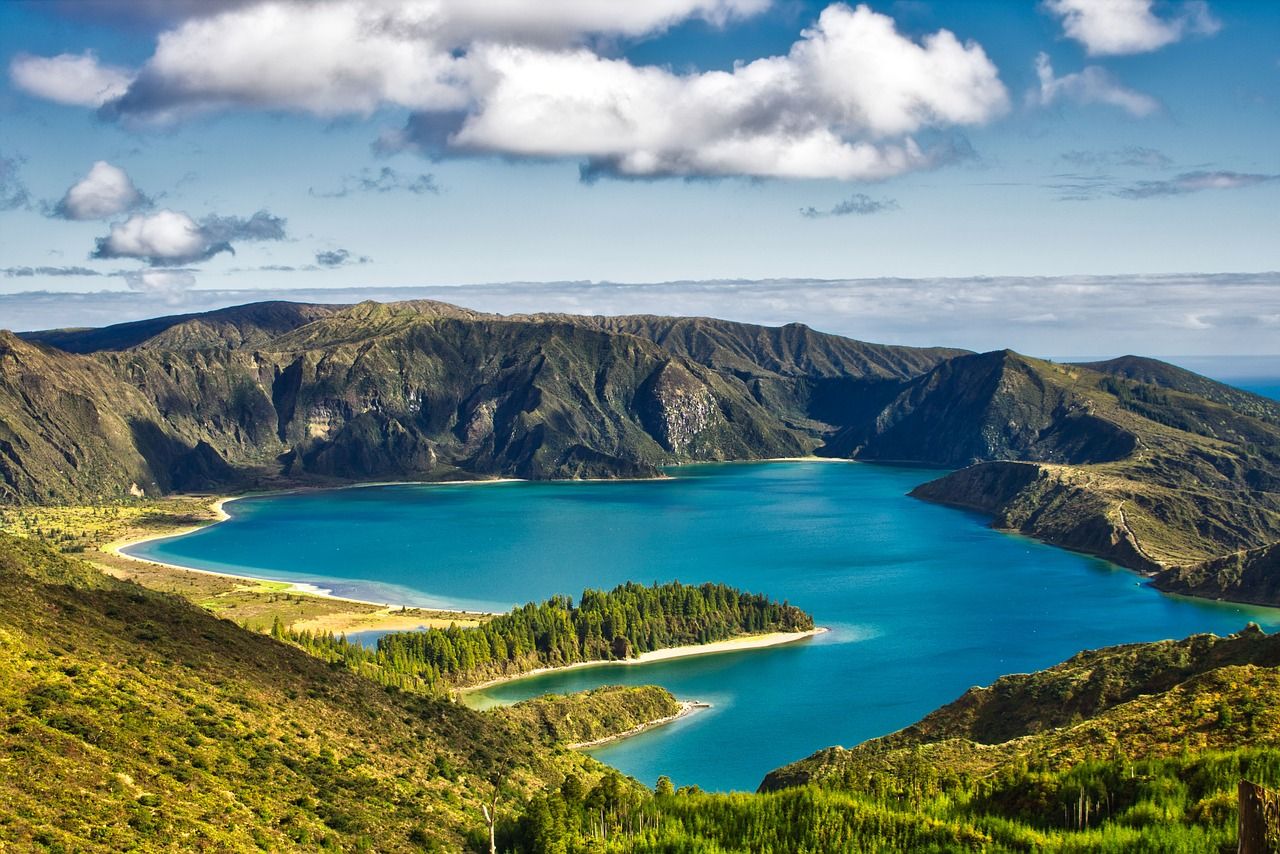
The mission of nature reserves
Get to know the mission of nature reserves; they are also known as natural sanctuaries. These are safe spaces for the maintenance of threatened ecosystems, besides, they are an indispensable part of natural conservationism.
Nature reserves are wilderness areas that have been designed to preserve and maintain ecosystems that are currently in danger. In these sanctuaries, you will find species that are generally in danger of extinction such as animals or plants. They are created either by state and public mandates or by private donations and initiatives.
Public reserves often go hand in hand with state conservation policies and are constitutionally protected. Private ones are managed by institutions or individuals with an interest in preserving the environment and biodiversity. There are also independent ones, such as those managed by NGOs which seek to preserve without political or private influence.
What is the mission of nature reserves?
The mission of nature reserves cannot be defined in a single one, they are diverse but complementary. All of them come down to the same mission: to preserve the environment. Today, this mission has particular importance because of the rapid deterioration it suffers on a daily basis. It is only through active and marked effort that the environment can really be protected.
All nature reserves have trained personnel who will be in charge of keeping the natural spaces safe and pristine. In places where poaching is a serious preservation problem, these spaces may even have armed guards. Some African countries are seriously penalizing the home of endangered animals and are providing military support to these reserves.
Some of the reserves are open to the public especially the private ones so that they can familiarize themselves with threatened ecosystems. This also allows institutions to earn an income of their own to guarantee an investment based on nature conservation. However, they are not national parks, it means that visitors should behave as closely as possible to the rules.
Some of the ways in which reserves contribute are the following:
Preserving biodiversity
The reduction of different habitats worldwide to increase human activity has caused ecosystems to collapse. Logging, pollution, global warming, and urban sprawl have completely changed the planet’s natural space. This means that different species of animals and plants do not have the conditions they need to survive.
The collapse of ecosystems is something that directly affects humans and their activity. Ecosystems should be preserved only by the fact that they exist and the right to life that have the beings that compose them. However, their disappearance can disrupt the processes that allow humans to obtain essential resources such as food.
Shelters seek to create spaces isolated from any human activity that may threaten the ecosystems they contain. This ensures that at least small spaces are still free from intrusion and can function smoothly. Today, this is the only way to ensure that all ecosystems do not collapse and that natural spaces still exist. This is why the mission of nature reserves is to preserve biodiversity.
Reintroducing animals to their natural state
Sometimes, wild animals are extracted from their respective ecosystems. This may be because they are injured through contact with human beings, intentionally or unintentionally. They may also be injured by issues relating to their own habitat. In these cases, human beings often feel committed to helping as much as possible.
Another form of extraction is when the offspring of the different wild species are left alone due to the death of the parents. These deaths may also be due to natural or human intervention whether or not they are guilty.
In all these cases, the animal is separated from its natural space. If it is not introduced again, it may even be isolated from it forever because it does not know how to relate to its environment. Nature reserves are spaces where experts can teach animals how to become familiar with and manage their environment.
In these places, they can be assured of a life free from forced interference by other humans. In addition, they may have a normal life even after they have been removed from their homes. These rescues can be achieved only through the effort of trained and determined personnel. Animals that cannot be re-introduced are generally sent to zoos so that they can live protected.
Protecting natural resources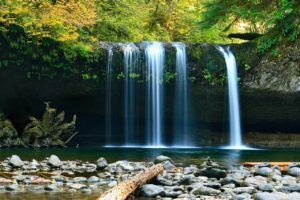
It is not only animals and plants that are protected in nature reserves. The sources of important resources needed to ensure basic human services can be found in them.
Nature reserves are mainly home to freshwater sources that can potentially supply entire cities. In addition, they can also be a source of power for hydroelectric plants.
These water sources can be threatened by human activity, and protecting them is of paramount importance. Another resource that is sought to protect in the reserves is that of precious minerals. This preservation is not to guarantee its exploitation but it avoids that its extraction negatively affects the environment. For example, gold mining can be harmful to the world’s ecosystems.
Space for scientific observation
As they present a great variety of species in their natural state, the reserves can be of great scientific interest. Zoos and greenhouses may present an opportunity to observe species in a controlled space. This information does not cease to be important to conservation interests. However, it is partial and incomplete information.
On the other hand, reserves can allow scientists to observe species in their natural state. This gives them complete and exhaustive information about the development and behavior of the species they seek to protect and preserve. Only in this way, it will be possible to create plans and programs that seek to ensure the well-being of the species that inhabit the reserves.
Teach conservationist attitude
While it is not common to admit outsiders to reserves, they can foster environmental attitudes. By working together with the state and zoos, environmental awareness programs can be created. These programs can be taught in schools to ensure that future generations want to preserve the environment.
And what better way to encourage conservation than to show the benefits of a safe and unspoiled wilderness. Guided and supervised tours can even be allowed so that everyone knows what is being protected. Only through education, we can ensure these reserves are respected and do not disappear in the future.
The most important nature reserves
There are thousands and thousands of nature reserves distributed in all continents. They generally seek to preserve ecosystems that have been threatened by human activity. They vary considerably in size and in the number of species they contain. Based on these two variables, size, and species, there are reserves that stand out from the others, such as:
Banff Natural Park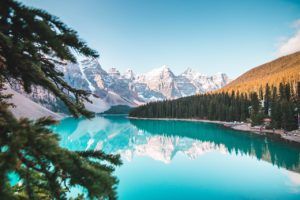
This reserve is located in Canada and it is one of the oldest and largest in the country. It is particularly important because it is home to a large number of glazed mountains that feed many rivers and lakes. The park’s glaciers need to be protected as different ecosystems depend on them.
Galapagos Islands Reserve
The biodiversity of the Galapagos Islands is extremely extensive and delicate. This reserve cannot be entered without due permission and strict parameters of cleanliness and behavior. Ecosystems here are so delicate and specific that the introduction of an alien species can collapse them. This park is under the supervision of the Ecuadorian government.
Yellowstone Reserve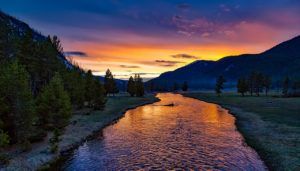
It is perhaps the most famous nature reserve in the world, and it is the oldest in the world. Besides, it contains a large number of endangered wild animals such as the brown bear and the American wolf. On the other hand, it is also home to an impressive number of geysers and mineral water sources that feed lakes and rivers. It is located in the United States and occupies territory in three different states.
The mission of nature reserves
Remember! At sexadodeaves.com, we are specialists in sexing birds through DNA. In this way, it is possible to define the genre of your bird. You can also follow us on the networks: Facebook, Twitter, and Instagram and find all the information we have for you daily.

